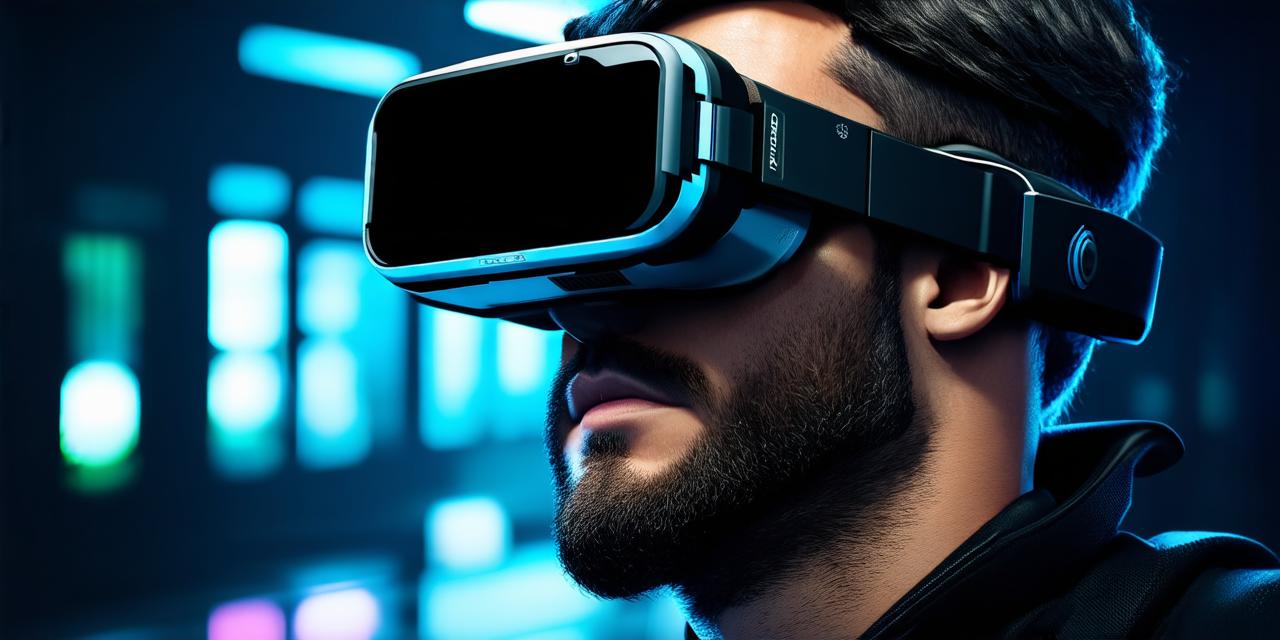Virtual reality (VR) technology has been evolving rapidly in recent years, and it’s becoming increasingly clear that game-based VR is a major driver of innovation and growth in this space. From immersive gaming experiences to educational applications, VR games have the potential to transform how we interact with digital environments and each other.
In this article, we will explore some of the latest advancements being investigated in the realm of game-based virtual reality.
FAQs:
-
What are some of the latest advancements being investigated in the realm of game-based virtual reality?
-
Social VR, haptic feedback technology, education and training applications.
Social VR:
A platform that allows users to connect and communicate with each other in virtual worlds using VR headsets.
Haptic Feedback Technology:
Technology that uses touch or movement sensors to simulate physical sensations in the user, such as the feeling of a virtual object’s weight or texture.
-
This technology has been used in VR gaming for several years now, but recent advances have made it more sophisticated and responsive.
-
For example, researchers at MIT have developed a system that uses haptic feedback to create realistic sensations in the user’s sense of touch when they are exploring virtual environments.
Education and Training Applications:
VR has already been used in medical training to simulate surgeries and other procedures, and it’s also being explored for use in military training and other high-risk fields.
-
Researchers at the University of California, Irvine have developed a system called “VR Classroom,” which allows students to attend virtual lectures and participate in interactive simulations from anywhere with an internet connection.
-
By using VR in this way, educators can create more engaging and immersive learning experiences that can help students better understand complex concepts.
Promising Technologies on the Horizon:
-
Light field displays, which use advanced algorithms to create incredibly realistic 3D images in VR environments
-
Eye tracking, which uses sensors to monitor where the user is looking in a virtual environment
Despite these advancements, there are still a number of challenges that need to be overcome in order to fully unlock the potential of virtual reality games.
Challenges:
-
The cost of VR technology itself, which can be quite expensive for consumers and even more expensive for businesses
-
There is still a lot of work to be done in terms of improving the user experience and making VR games more accessible to a wider audience. For example, many VR games are still not optimized for mobile devices, which means that a significant number of potential users are unable to play them.
Despite these challenges, there is no doubt that virtual reality games have enormous potential. By continuing to innovate and push the boundaries of what’s possible in this space, developers can create even more immersive and engaging experiences that will captivate audiences and change the way we think about video games forever.
